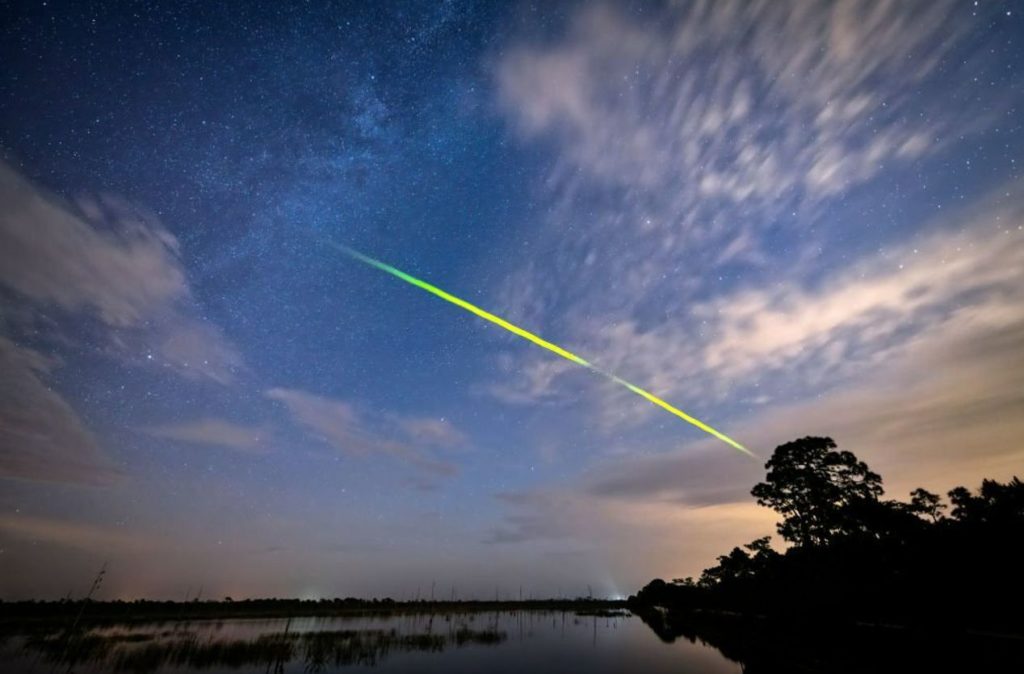Meteor showers come and go throughout the year, but when can you watch the Eta Aquarids meteor shower at their peak?
A meteor shower occurs when Earth passes through the debris stream occupying the orbit of a comet or, in simpler terms, when a number of meteors flash across the sky from roughly the same point.
Meteors are sometimes called shooting stars, although they actually have nothing to do with stars.
Perspective makes meteor showers appear to emanate from a single point in the sky known as the shower radiant. The typical meteor results from a particle – the size of a grain of sand – vaporising in Earth’s atmosphere when it enters at 134,000mph.
Anything larger than a grape will produce a fireball, which is often accompanied by a persistent afterglow known as a meteor train. This is a column of ionised gas slowly fading from view as it loses energy.

Eta Aquarids meteor shower 2022 or May Meteor Shower
May Meteor Showers, also known as the Eta Aquariids, are the first of two meteor showers that originate from Halley’s Comet, the most famous cosmic body of all. The Eta Aquarids will peak between May 5 and 6 in 2022.
Eta Aquarii, the brightest star in the constellation, is the name of the shower.
The Eta Aquarids is one of two meteor showers caused by Comet Halley’s debris. In October, the Earth passes through Halley’s route around the Sun for the second time. The Orionid meteor shower, which peaks around October 20, is the result of this.
It takes roughly 76 years for Comet Halley to complete a full orbit around the Sun. In 2061, it will be visible from Earth for the first time.
The shower would be more spectacular in the Southern Hemisphere, where watchers could see up to 50 meteors per hour at its peak. Stargazers in the Northern Hemisphere, on the other hand, should only expect to view half as many.
When the Earth passes through Halley’s debris stream, small particles ignite and burn in the upper atmosphere, resulting in shooting stars.
Image Credit: Getty
You were reading: Eta Aquarids meteor shower expected to peak next week with up to 50 stunning meteors per hour